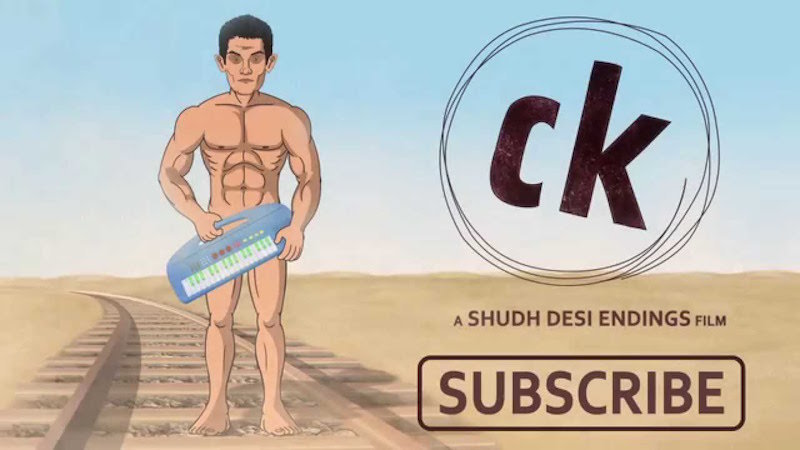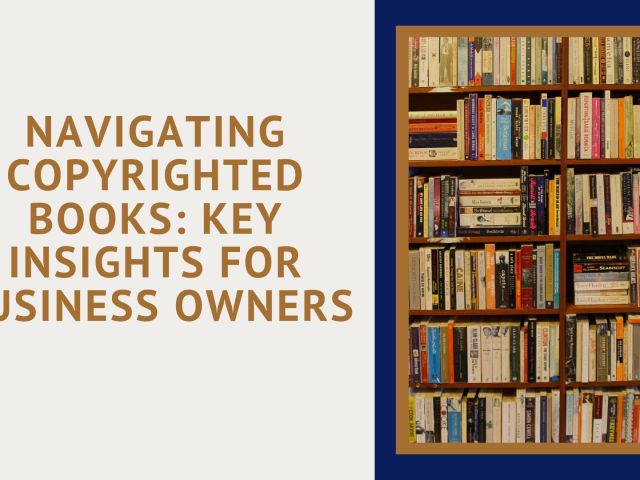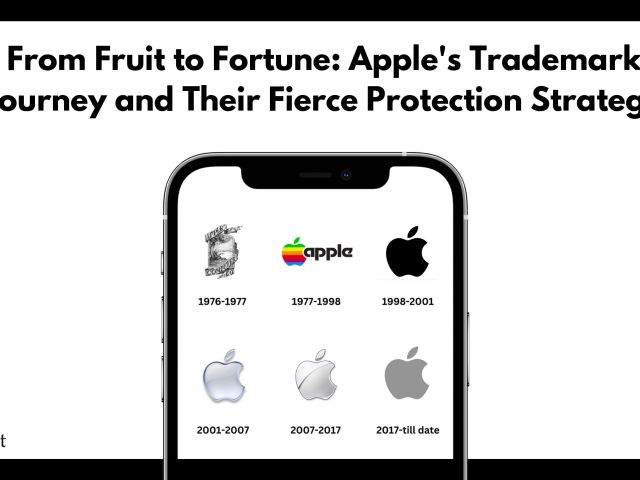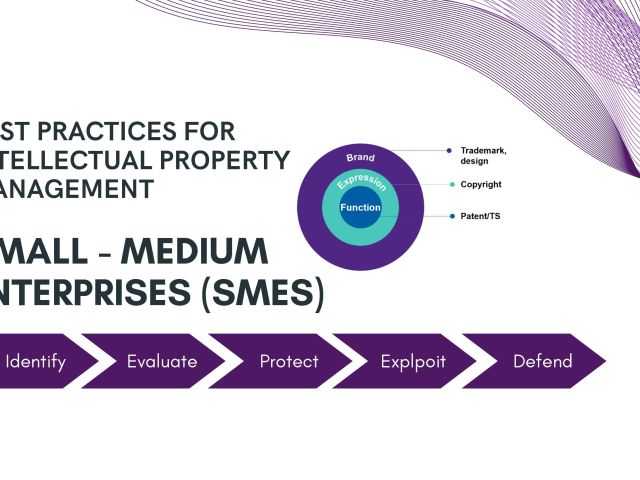Spoof: a humorous imitation of something, typically a film or a particular genre of film, in which its characteristic features are exaggerated for comic effect.
Parody: an imitation of the style of a particular writer, artist, or genre with deliberate exaggeration for comic effect.
Spoofs and parodies!! They are everywhere: newspapers YouTube and every other imaginable place. As clearly stated by the definitions above a spoof or a parody is the more exaggerated and comic form of an artist’s work. However, it needs to be borne in mind that the entire spoof or parody is based and sourced entirely from the original work i.e., the spoof or parody has been substantially copied from the original work. In that case, wouldn’t that amount to a copyright infringement?
This concern has been addressed by the Court in the case of Civic Chandran v. Ammini Amma. The case of Civic Chandran sought to clarify as to what would amount to fair dealing and to what extent can content be copied from an original source.
The Civic Chandran Case
In the year 1952, Thoppil Bhasi, a famous playwright wrote a drama titled Ningal Enne Communistakki. The drama was staged several times and garnered widespread appreciation and popularity. All the rights in the play were vested with Thoppil Bhasi and after his demise were transferred to his legal heirs. In 1995, the defendant wrote a drama called Ningal Are Communistakki. This drama was styled as a counter-drama to the drama written by Thoppil Bhasi and was published in the Malayalam edition of India Today. It was claimed by the plaintiff that the counter-drama was based substantially on the original work and therefore amounted to copyright infringement.
Since the Indian Copyright Act does not provide for the definition of fair dealing, the Court had to rely on the case of Hubbard v. Vosper. During the course of its proceedings, the Court laid down three guidelines to determine whether the taking from the original source would amount to a fair dealing or a copyright infringement. The Court held that the quantum and value of the matter taken in relation to the comment or criticism, the purpose for which it was taken and the likelihood of competition between the two will determine whether the taking amounts to a fair dealing or not.
In the instant case, the Court held that the scenes and characters were not borrowed from the latter for the purpose of reproduction of the drama in any substantial manner. Further, the Court held that the aim was not to imitate the drama or to produce anything similar. The real objective of the counter-drama was to criticize the ideology depicted in the drama and to show how the drama had been unsuccessful in achieving the targets it had purported to have aimed for. Hence, the Court said that there was enough material in the counter-drama to show that the defendant had used labour and skill of his own and the differences between the original drama and the counter-drama could not be considered inconsequential.
What is the law now?
Though the Indian Copyright Act still lacks the definition of fair dealing, it does list out acts that would be a fair dealing and would therefore not amount to a copyright infringement. This has been expressed under Section 52 of the Indian Copyright Act. Therefore as long as the work in question falls under the criteria listed under Section 52, it would not amount to copyright infringement.




